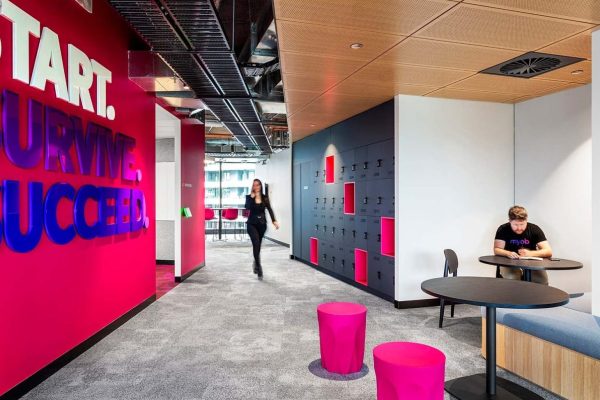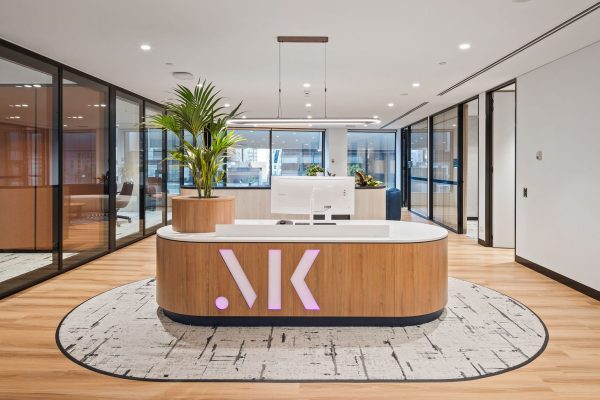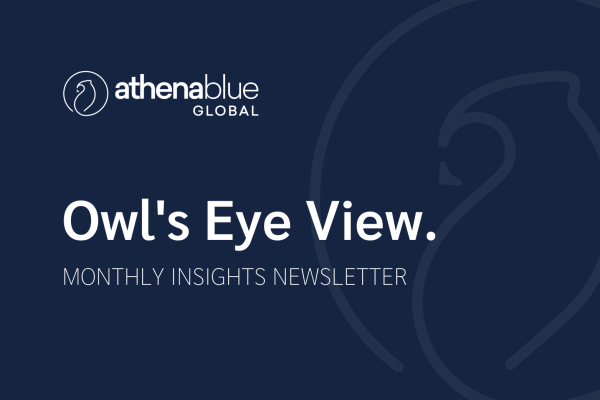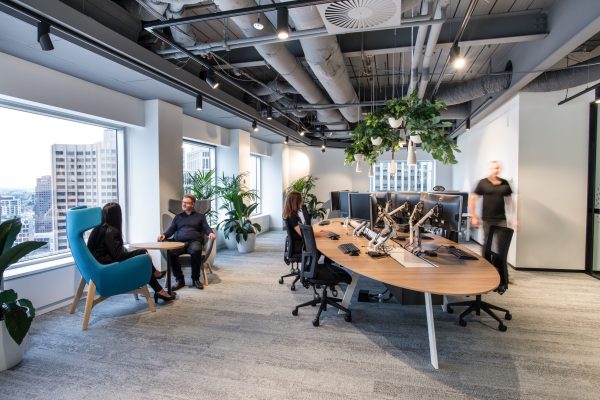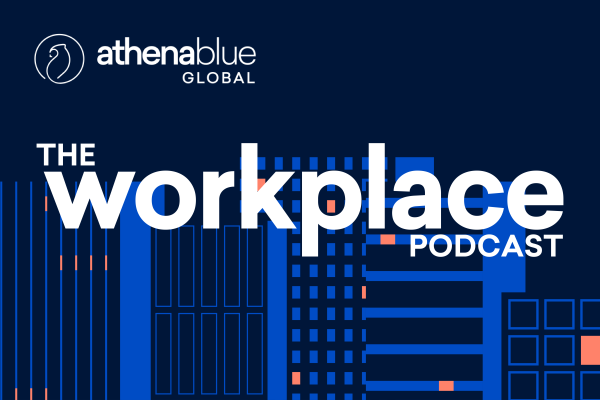Tell us a bit about where you are now and how you got there?
I’m an associate professor with the University of Melbourne where I direct the Sustainable and Healthy Environments (SHE) lab. My research is all about the design, performance and experience of spaces. I’m interested to understand what makes people tick, which keeps us very motivated, any doing that, really trying to improve how spaces are designed for that to be achieved.
I never wanted to be an academic, so that is a funny thing. I’m a trained architect. I did architecture and urban planning in Brazil and then I was really curious about the design of educational buildings. That’s what got me hooked into academic environments. I got scholarships from the Brazilian government to do CFD simulations, so that’s how the whole thing basically started from trying to do computer fluid dynamics simulation. Then I did my master’s in architecture, in Brazil, and then I was basically fed up with the whole simulation sort of world. I had a couple of years under my belt and was really interested in looking at what people say about spaces – and that’s how it started. I moved on to do a PhD and then a postdoc focusing on people’s experience of spaces.
I’m very happy about what I do and very excited about it. Melbourne University came as a really nice surprise about three years ago. That’s when I joined and I was asked to establish a lab here and basically try to build critical mass about sustainability and health.
How’s it going?
I think fantastic. We went from being just me to about 20 people working on similar topics in less than two years in the middle of a pandemic. So I would say we’re doing pretty well.
The SHE lab post evaluation is about trying to focus on the space but also to try to tap into some of the organisational aspects – ways of working, where people work from, how the work and place and body sort of fit, and how we see that actually driving scores around satisfaction and perceived productivity. And again, it’s one of those things that you’re thinking about for a while and sitting on it. We were one of the first survey providers to embrace the new WELL V2.
Through your research you must have surveyed many people and many workplaces. What were the key characteristics that the top performing workplaces have?
I’ve been writing a book about that now or otherwise editing a book about high performance workplaces. At the end of the day, what you see is interior design leads the way. You have to have good design and space supports the way people work. These are two must haves. You can never achieve a high performance without those two. People tend to gravitate towards the space that better support them at that time, and that’s regardless of desk ownership. Desk ownership is a different story altogether. Regardless of that, you have to be able to move around. That’s important. Of course, biophilic design, user centric design, active design principles, they tend to drive perceived productivity in healthy scores in these spaces. So, we came up with a bit of a must have checklist that really, really all these spaces shared these in their design – that was quite interesting.
Technology has such a big impact on people’s way or working and workplace. ChatGPT has recently been a big topic across workplaces and academia – what are your thoughts on ChatGPT?
I think within academia, we have our work cut out for us. It’ll be interesting how we change the ways that we assess students, when we assess them, and what will be the way of assessing them. I think it will challenge academic KPIs around publication as well. And if you are doing applied research, and you have a strong engagement, perhaps the way that you share the work with industry, with the profession, and with communities, becomes more of the emphasis, rather than just being academic work written in paper (which is something that was already changing). I think all of us knowledge workers will have to figure out what is our edge and I think it makes for quite interesting conversations.
Is there one piece of information or data subset that’s just really surprised you, something that you’ve really looked back upon and go, oh, I just wouldn’t have guessed that
In terms of your work, I’ve been quite confronted or challenged many times, but I always find that sitting through presentations that are led by industry quite interesting. There are pin drop moments with that that comes with that, but it also highlights how far ahead sometimes we are with our crazy academic ideas. So it’s like we specialise in a topic and then industry picks up on that, but like 10 years later, and suddenly you become the expert. So, I’m always fascinated by and have always been on this mismatch of pace and how we do things in industry, in academia. Really there is no impediment to change, and that can only happen through partnerships. So that’s why I’m so motivated to always be there, seeing people, talking to people, interacting with people. But I think this really through my career as an academic, that sort of distance between us has always been something that I found confronting – and that it’s through different ways in the way we think, the way that we speak, the way we evaluate, the way that we promote the work is quite different, and I think there is a lot of value if you try to bring those two together.
What’s one piece of advice that you could leave us with?
Pay it forward. It doesn’t matter how, but always pay it forward. It’s definitely something I try to do it and I like to be around people that also live by that.
-—-
Hear the full episode with Dr. Christhina Candidio from Athena Blue Global’s The Workplace Podcast below.


